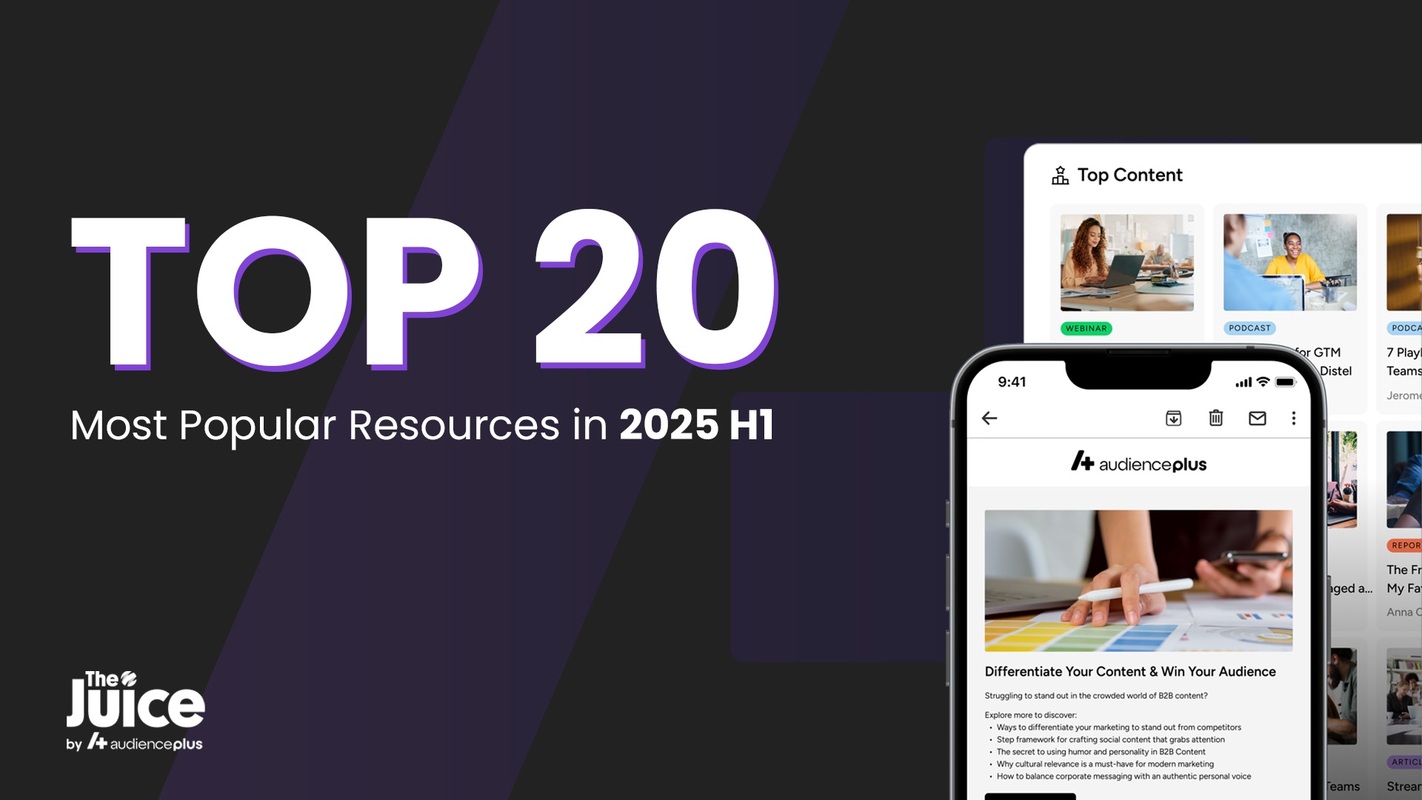Customer Advocacy
Customer Advocacy is an essential aspect of modern-day business practices, focusing on creating and maintaining strong relationships with customers by understanding their needs and ensuring their satisfaction. This powerful marketing approach goes beyond traditional customer service strategies, as it involves actively promoting the best interests of the customers while nurturing long-term loyalty to a brand or company. As a result, customer advocacy has emerged as one of the most effective means to expand and sustain a business’s success in today’s competitive marketplace.
The customer advocacy meaning encompasses various concepts that revolve around placing the customers’ interests at the forefront of a company’s decision-making process. This includes listening to their feedback, addressing their concerns promptly, involving them in product development processes, and delivering excellent after-sales support. By doing this, businesses not only earn trust but also transform satisfied customers into loyal advocates who willingly promote their favorite brands to others through word-of-mouth referrals or testimonials.
Customer advocacy marketing is an essential component of this strategy as it seeks to leverage the power of existing customers by encouraging them to share positive experiences with potential clients. This can be achieved through several tactics such as offering incentives for referrals, showcasing customer success stories on social media platforms, or creating engaging content that showcases the value provided by products and services. In essence, customer advocacy marketing helps businesses amplify their reach by utilizing the persuasive influence of satisfied customers within their target audiences.
There are numerous customer advocacy examples out there that demonstrate how companies have successfully implemented this model to drive growth. For instance, some organizations have created dedicated online communities where customers can interact with one another and share insights about products or services they’ve used. These forums often serve as hubs for collecting valuable feedback from users while fostering a sense of belonging among loyal advocates who feel genuinely connected to these brands.
Another example comes from companies that have established reward programs specifically designed for their advocates by offering deals or discounts whenever they refer new clients or provide testimonials highlighting positive experiences with the brand. Such initiatives not only incentivize customers to promote the company but also create a sense of exclusivity and appreciation, further strengthening the bond between the brand and its supporters.
The customer advocacy model transcends businesses across various industries, including B2B (business-to-business) sectors. B2B customer advocacy involves building trust and credibility with other companies by showcasing how their products or services can address specific pain points or challenges faced in the industry. This can be achieved through case studies demonstrating real-life successes, thought leadership content that addresses pressing concerns within the sector, or strategic partnerships with key influencers.
In conclusion, customer advocacy is a powerful marketing strategy that places great emphasis on nurturing long-term relationships with clients by actively prioritizing their needs and interests. By implementing effective customer advocacy marketing tactics such as online communities, reward programs, case studies, or targeted content efforts businesses can tap into the persuasive influence of satisfied customers to fuel growth and expand their reach. Additionally, by adopting this approach across both B2C (business-to-consumer) and B2B scenarios, companies can enhance credibility while fostering a loyal network of advocates who genuinely champion their preferred brands.
Customer Advocacy Strategy
A customer advocacy strategy is an essential component of any successful business, as it involves nurturing and fostering strong, long-lasting relationships with your customers. This approach not only enables companies to better understand their customers’ needs and preferences but also helps create loyal brand advocates who spread positive word-of-mouth about the company and its products or services.
One key figure in implementing a customer advocacy strategy is the customer advocacy manager. This individual is responsible for leading the customer advocacy team, which includes developing strategies aimed at deepening relationships with customers, improving overall satisfaction levels, and encouraging them to share their experiences with others. The customer advocacy manager’s role entails monitoring customer feedback and sentiments across various channels, identifying areas where improvements can be made, and working closely with other teams within the organization to implement changes that enhance the overall customer experience.
Social media has emerged as a powerful tool in enhancing customer advocacy efforts. By asking how can social media listening increase customer advocacy, companies can gain valuable insights into what customers are saying about them online. Through proactive social media monitoring, businesses can identify potential advocates as well as address any issues or concerns raised by customers in real-time. Furthermore, social media enables companies to share user-generated content (UGC) such as positive reviews or testimonials that showcase genuine experiences from satisfied customers. This not only strengthens trust among existing clients but also influences prospective customers who may be considering their options.
Establishing a comprehensive customer advocacy program is integral to an effective strategy in this area. Such programs often encompass various activities aimed at making customers feel valued and appreciated – from personalized communications like thank-you notes or birthday greetings to special promotions tailored specifically for loyal members of the community. Additionally, a well-designed program should include mechanisms for rewarding brand advocates for their efforts – whether through exclusive benefits like discounts on future purchases or invitations to exclusive events.
Collaboration between different departments within an organization forms another crucial aspect of a successful customer advocacy strategy - this is where the customer advocacy team comes into play. By working closely with teams like sales, marketing, and customer support, the customer advocacy team can ensure a consistent and cohesive approach to engaging customers across all touchpoints. This collaborative effort can lead to improved product offerings, more efficient processes, and enhanced communications that cater to the needs of the business’s most ardent supporters.
The customer advocacy funnel is an essential model for understanding the stages through which potential advocates progress before becoming promoters of your brand. Typically starting with awareness and moving through consideration, purchase, retention, and finally advocacy – businesses must continuously refine their strategy at each stage to create a seamless journey for their clients. By optimizing their messaging and tactics at every level of the funnel, companies can increase overall conversion rates while simultaneously nurturing long-term relationships with their customers.
Lastly, creating targeted customer advocacy campaigns is vital in driving awareness around specific products or services. These specialized initiatives should leverage existing relationships with loyal customers by incentivizing them to share their experiences with others within their personal networks. When executed effectively, these campaigns serve as powerful catalysts for organic growth through positive word-of-mouth publicity.
In conclusion, a robust customer advocacy strategy requires a multi-faceted approach encompassing various tactics aimed at fostering meaningful connections between businesses and their clients. By implementing measures like social media listening, building effective programs and teams centered around this mission, refining engagement at each stage of the funnel, and devising targeted campaigns - companies can successfully transform satisfied customers into dedicated brand advocates who fuel future growth.
Customer advocacy tools are essential instruments in the marketing toolbox for businesses that seek to develop and maintain lasting relationships with their customers. These customer advocacy software solutions enable companies to identify and engage with individuals who are most likely to champion their brand, products, or services, resulting in increased loyalty and positive word-of-mouth. As organizations increasingly recognize the value of customer advocacy, a variety of platforms have emerged to help businesses harness this powerful force.
One such type of software is a customer advocacy platform. These platforms provide an integrated ecosystem designed to streamline interactions between companies and their advocates. By offering features such as personalized advocate portals, targeted content sharing, gamification elements, and reward systems, these innovative programs foster a sense of community among brand enthusiasts while incentivizing the promotion of company messages. With an effective platform in place, businesses can benefit from higher engagement rates and more authentic representation in the marketplace.
In addition to implementing robust customer advocacy tools, it is vital for organizations to establish clear customer advocacy metrics that will inform decision-making processes and measure program success. There are several key performance indicators (KPIs) for gauging the efficacy of an advocacy initiative — including referral rates, social media reach, conversion ratios, and overall return on investment (ROI). By identifying specific targets for each KPI and consistently tracking progress over time, companies can better understand which strategies are working well and which areas may require adjustment.
A comprehensive customer advocacy playbook is another essential component in building a successful program. This strategic document should outline all aspects of the initiative from objectives and target audiences to communication tactics and desired outcomes. By incorporating best practices gleaned from successful case studies within similar industries or markets; businesses can equip themselves with actionable insights that will maximize the potential impact of their customer advocacy efforts.
To ensure long-term success within any organization’s customer-centric marketing strategy lies within a well-defined customer advocacy framework. This structure provides guidelines on how best to manage all elements involved in creating strong relationships between businesses and their brand advocates. By defining the roles and responsibilities of both parties, setting expectations for engagement, and outlining the processes associated with each stage of the lifecycle (such as recruitment, onboarding, activation, and growth); a comprehensive framework ensures that all stakeholders are aligned towards common goals.
Lastly, implementing a customer advocacy score is an effective means of quantifying the value that individual advocates bring to a brand. Similar to other loyalty metrics like Net Promoter Score (NPS), a customer advocacy score measures elements such as satisfaction levels, likelihood of recommending products or services, frequency of interaction with the company, and demonstrated behaviors that support positive brand sentiment. By tracking these scores over time and comparing them against established benchmarks; businesses can gain invaluable insights into how well their advocacy efforts resonate with target audiences.
In conclusion, customer advocacy tools play an indispensable role in fostering lasting connections between brands and their most ardent supporters. By leveraging powerful software platforms, establishing meaningful metrics, creating actionable playbooks, adhering to strategic frameworks, and utilizing objective scoring systems; organizations can unlock the full potential of their advocate communities while driving measurable results that impact bottom-line outcomes.






















